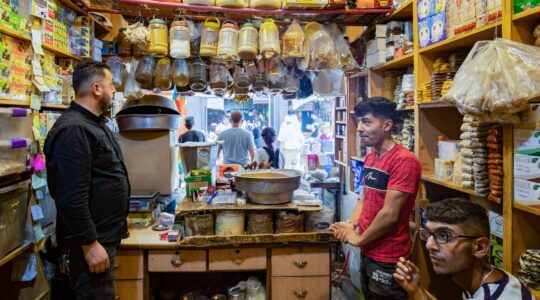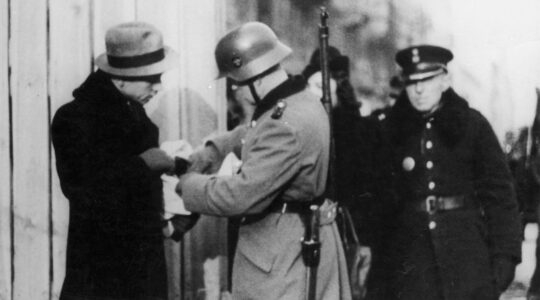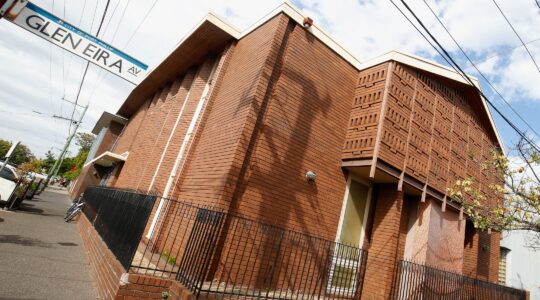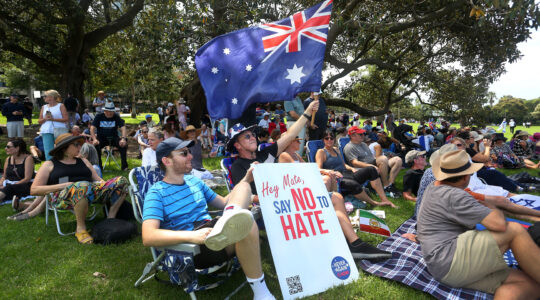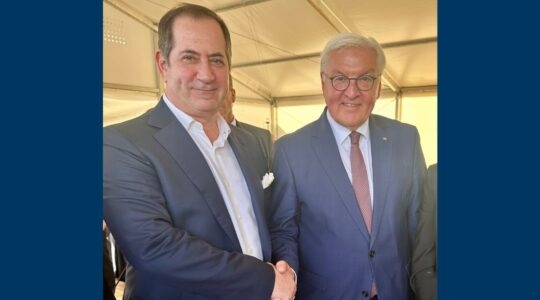Here’s the story of some Jews who escaped the dangers of the Holocaust–and headed straight to the tropics.
In 1938, leaders of 32 countries convened in the French vacation town of Evian, where they intended to decide what to do with the legions of Jews fleeing Germany. Of the 32 countries represented, 31 said they couldn’t do anything for these refugees. Only Rafael Trujillo, dictator of the Dominican Republic, offered to help.
Over the next three years, the Dominican Republic issued 5,000 visas to Jews in Nazi-occupied states. However, only 600 to 700 Jews were actually able to make it out, because of bureaucratic obstacles and other challenges posed by the war in Europe. These Jews landed in Sosúa, an uninhabited part of the island’s northern region. Though the weather was good, living conditions were not optimal. Food and water were hard to get a hold of in Sosúa, and the immigrants were young and inexperienced–their average age was 25. By 1947, only half of the immigrants were still alive.
In the years after World War II, Sosúa became an agricultural and economic center. The majority of Jews, however, didn’t stay–by 1963, there were only 163 Jews in Sosúa. But the synagogue they built in 1958 remains, and it celebrated a semicentennial anniversary a few years ago.
JTA has documented Jewish history in real-time for over a century. Keep our journalism strong by joining us in supporting independent, award-winning reporting.
